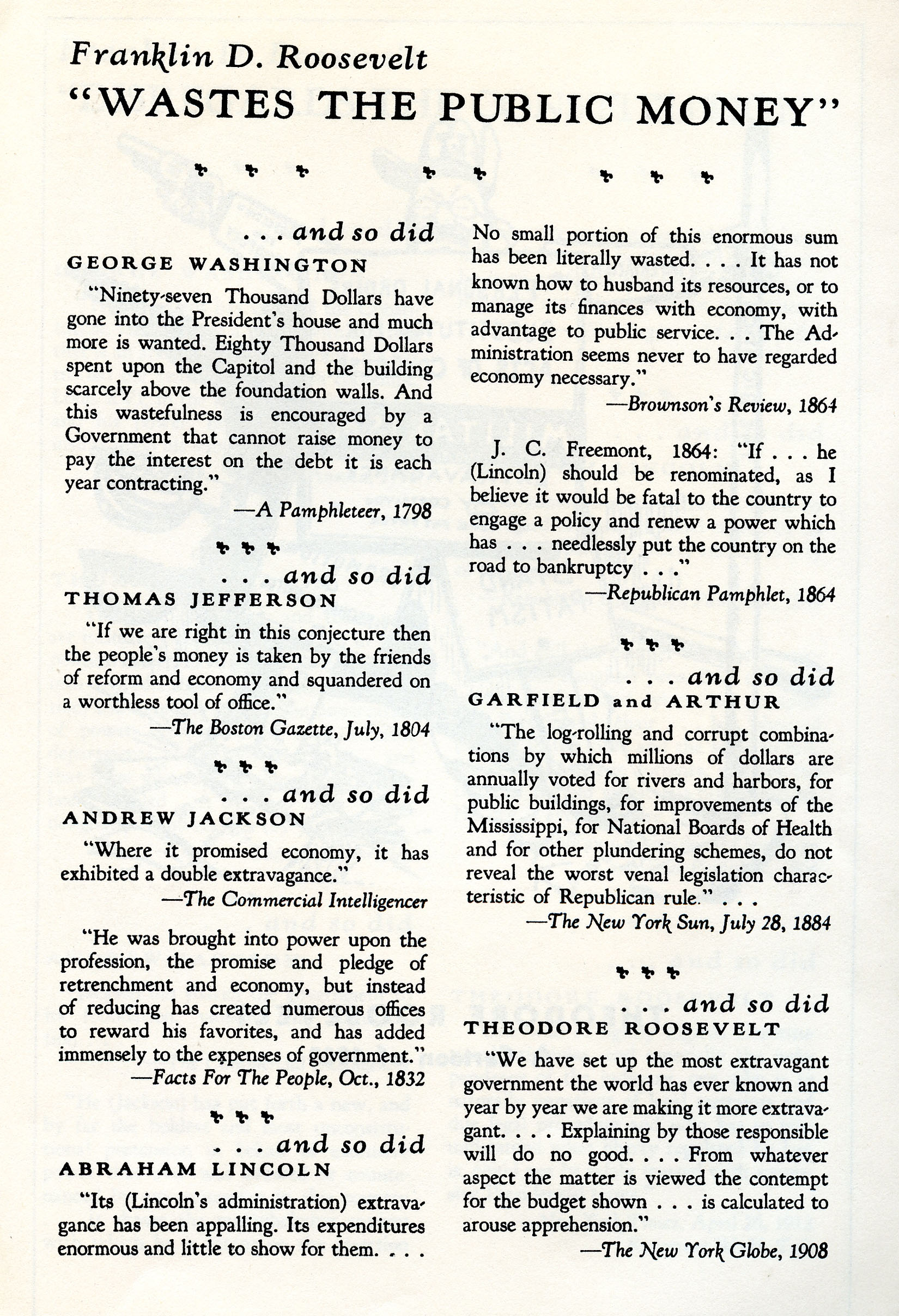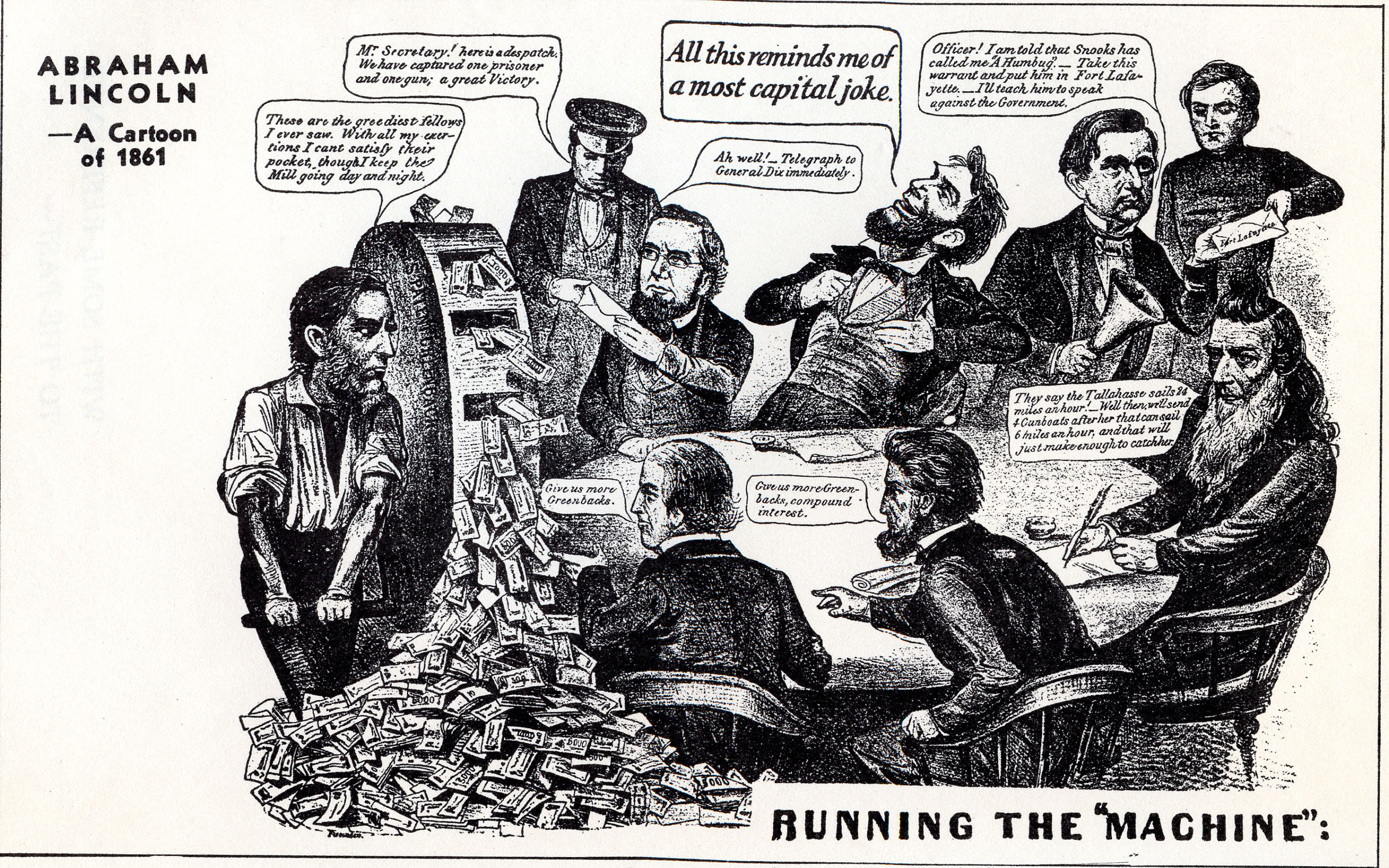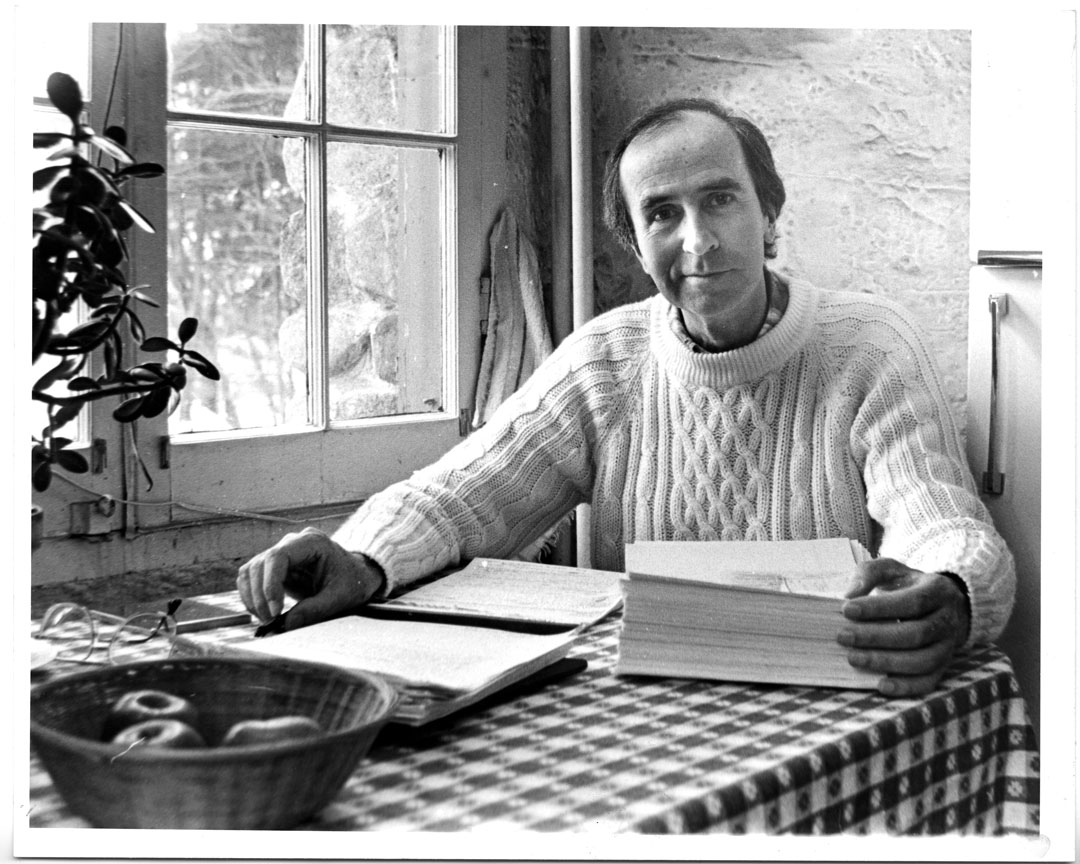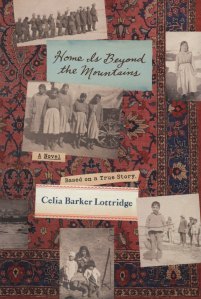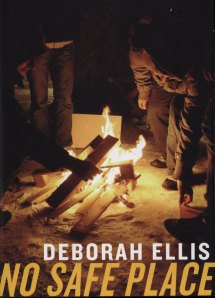Archives & Special Collections acquires new collections and additions to existing collections throughout the year. Periodically, I will be posting information about collections that have been acquired or are newly available for your researching enjoyment. First up are those documenting Connecticut businesses:
John Francis O’Brien Papers
Potographs, correspondence and certificates, most involving Mr. O’Brien’s service as an employee of the Southern New England Telephone Company. http://doddcenter.uconn.edu/asc/findaids/obrien/MSS20100030.html
Southern New England Telephone (SNET) Collection
Memorabilia and realia from the collections of people who were employed by the company. The collection includes antique telephones and telephone equipment, include a climbing belt and lanyard of a lineman, an employee service pin and memorabilia of the Telephone Pioneers, a volunteer organization and service club made up of U.S. and Canadian telecommunications industry employees and retirees, a commemorative telephone directory, the cellphone used to make the first cellphone call in Connecticut, and a dress and a shirt made of pages from the SNET Yellow Pages. http://doddcenter.uconn.edu/asc/findaids/snetcoll/MSS20100118.html
Thomas Dublin Collection of the Jewett City Cotton Manufacturing Company
Research notes and datasets compiled by Thomas Dublin while he conducted research in the 1980s about workers at the Jewett City Cotton Manufacturing Company in Jewett City, Connecticut. (Finding aid not yet available)
–Betsy Pittman, University Archivist


